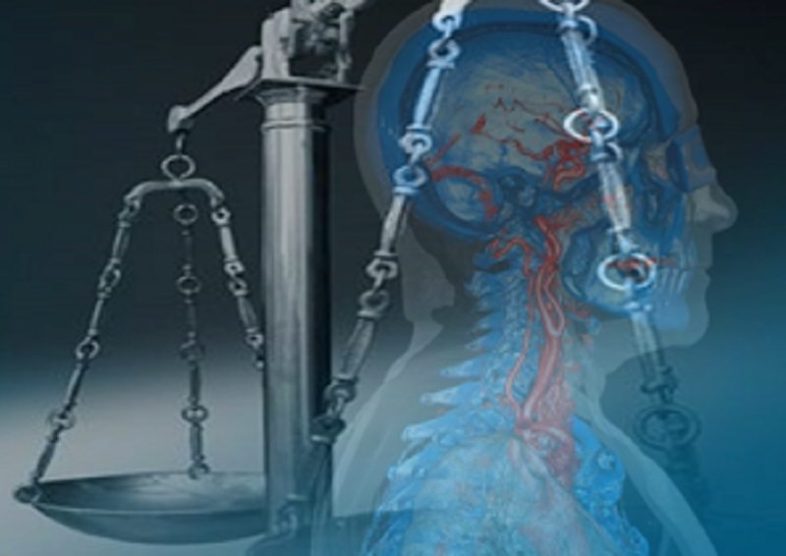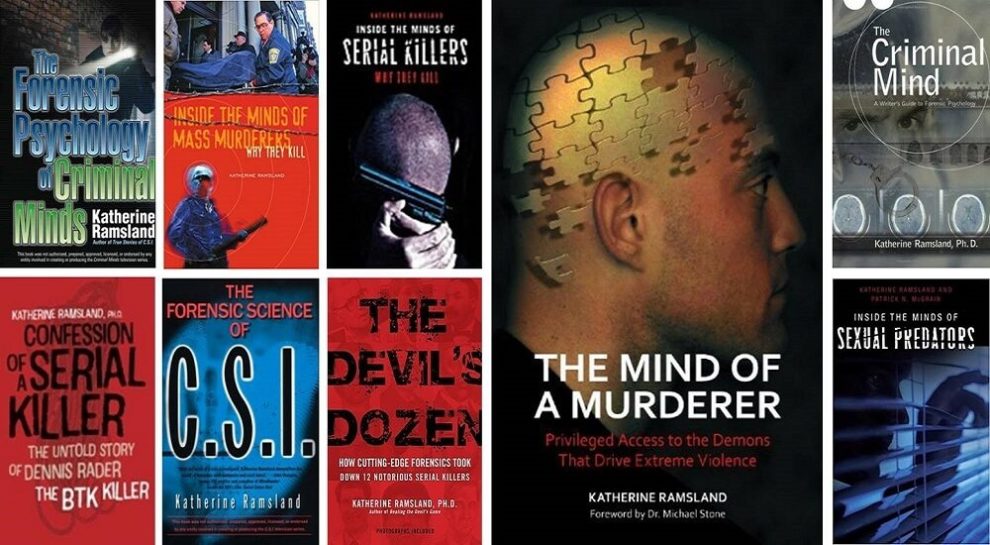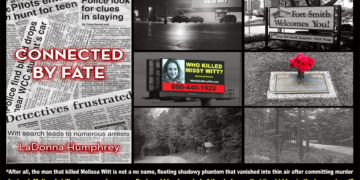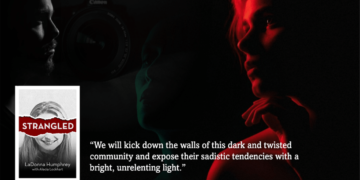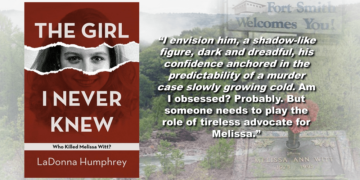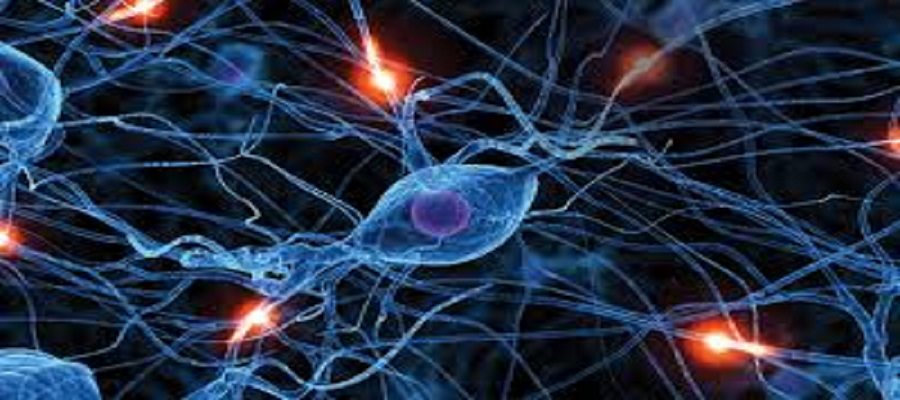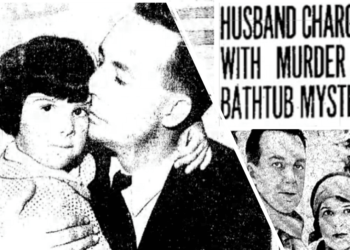For a large percentage of convicted criminals, sending them to prison is a pointless exercise. Maybe in the past imprisoning an individual for their crimes was an effective way of removing them from society and showing them the consequences of their behavior. A practical course of action if you will, to stop them returning to this behavior upon release. It would appear however that those days are gone. In fact, the more our society imprisons people, the more they re-offend.
Between 2012 and 2013 in England and Wales, 58% of adults who served a prison sentence of less than 12 months reoffended according to the Ministry of Justice. Furthermore, 20% of people sentenced in 2003 had committed 15 or more previous crimes, in 2013, this had reached 33%. Prison sentences do serve an important purpose.
They are an immediate punishment for an individual by removing their freedom and their ability to continue with their behavior. Imprisonment also services to protect the public from individuals who may be doing or are at risk of doing some considerable harm. There is a responsibility of our governing bodies to reduce or eliminate that risk where possible, and that includes bringing down the reoffending rates when people are released from prison. However, in order to be effective, to be worth the billions of pounds, manpower, and resources we are ploughing into it, prison reform needs to happen through an overhaul of what exactly prisons are aiming to do and how they are going to achieve that aim.
The Functions of Prison
Prison has become a popular option in the drive to deal with criminality within society. In 1945 the prison population stood at 15’000 prisoners in England and Wales. In 2005 this figure was 77’000 and has continued to rise over recent years.
Prisons historically have four key function areas:
| Punishment | Deterrence | Rehabilitation | Protection |
| Being removed from society and into prison is itself a punishment | Prison deters the individual and others from committing crime | Supported to change behavior and attitudes while in prison | The public are protected by the criminal being held inside prison |
There is a consensus that harsh prison time will be enough to reduce reoffending, however, evidence is coming to light that it is doing the exact opposite. The figures are stark reading. 19’000 of the 53’000 juvenile offenders released from prison during 2012-213 reoffended. That is a total of 68%. Looking at adult offenders as a whole the most recent Ministry of Justice figures tell us that 25% of them have reoffended within a year of release and for all juvenile offenders this figure is even higher at 36%.
These figures have barely changed since 2002. While a stable rate is better than an increasing rate, a stable rate does tell us that current prison sentences are not reducing reoffending rates and particularly not for juveniles.
These are the juveniles at the highest risk of becoming life long offenders. We appear to be scoring 2 out of 4 based on our historic functions of prisons table. While prisons are a form of punishment and they do protect the public, they are not a deterrent and they are not rehabilitating.
Prison Conditions
The 1980s and ’90s saw rising unrest and rioting in prisons across England as a response to the conditions inside prisons. This included the riot at HMP Strangeways in Manchester lasting 25 days and which sparked riots in 20 other prisons around the country. A huge amount of damage was caused and people did take notice.
Overcrowding, poor conditions and a sense of unjust treatment of prisoners drew attention resulting in a Government White Paper in 1990. This stated that harsh prison conditions are not helpful to prisoners but instead can make their behavior worse. Furthermore, it suggested more community sentencing be used in the future. This paper and review resulted in the Criminal Justice Act being passed in 1991.
The Act focused on community sentencing and reducing overcrowding in prisons with a background notion that harsh does not deter and does not equal reformed prisoners. In 1992 a fall in the prison population was seen by around 5’000 prisoners as a result of the measures introduced and the early release of many prisoners on parole.
In 1993, Michael Howard was elected as Home Secretary and his view was that prison did act as a deterrent and prisons should be used for this purpose. By 1997, the prison population had increased by 51% and the consensus and the purpose of the prison had once again shifted to the deterrence model.
Reducing Reconvictions Through Reform
Our world has changed to focus on the severity of punishment. In 1980 the average prison sentence was 28 days. Today across Europe we have longer sentences, harsher prisons, maintenance of the death penalty, ‘three strikes’ laws, more prisons, bigger prisons – all of these are costing money and eating resources and are quite honestly not looking effective in reducing reoffending rates and deterring those involved and others from committing crime within our society.
The average prison sentence in the UK has increased every year since 2006. The Ministry of Justice has recorded figures of 15.8 months in 2014. Many of those in prison suffer from mental health and substance misuse problems. Of course, a collection of people will by law of averages but the prevalence amongst those imprisoned is extremely high. Prison has become a place to move these people out of society and into a secure building, to house and feed those who are homeless, in poverty, abused and generally excluded from our communities.
Simply locking people up for varying lengths of time and expecting them to emerge and integrate back into society as ‘fixed’ individuals is becoming rather pointless, at least for the more serious repeat offenders. If we could just lock up all the bad guys so society could live in peace I suspect we would but that, in reality, is just not possible.
There are individuals who either chose to continue with this way of life because that is what they want to do or individuals who are so engrossed with it, that they simply do not know any other way. Furthermore, upon release people return to what they know and who they know. This is a very difficult cycle to break and takes a very strong individual to break free and essentially go it alone out-with this familiarity.
They may do exceptionally well in prison with enforced rules and routine away from outside influences and stresses, but that does not mean they can translate this easily in the outside world and go on their merry way as a law-abiding citizen. Reform, therefore, is the way forward. A balance is needed to serve all members of society and a structure is required to be effective for those more serious offenders when they are released back into society and back to the public, they are supposed to no longer pose a risk to.











